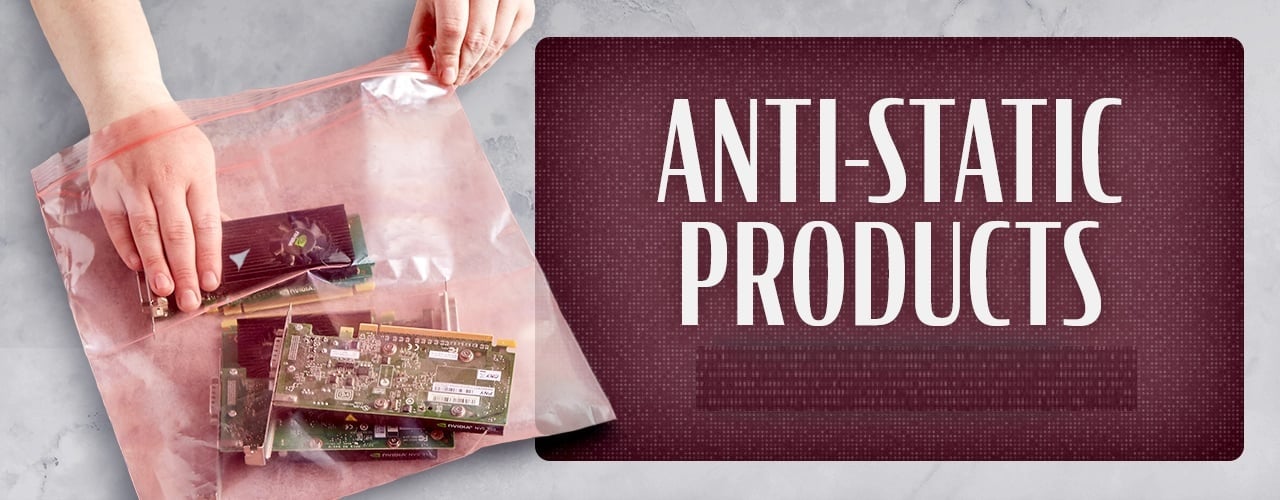
1/ Introduction
Electrostatic discharge (ESD) prevention encompasses the theories, materials, methods, and management practices designed to limit unwanted static charge accumulation and sudden discharge events in sensitive environments. Effective ESD control is critical in electronics manufacturing, cleanrooms, aerospace, pharmaceuticals, and any setting where minute voltage spikes can damage components or compromise product quality.
2/ Principles of Static Electricity Generation and Neutralization
When two materials contact and then separate, electrons transfer via the triboelectric effect, leaving one surface positively charged and the other negatively charged. Induction and uneven charge distribution further contribute to static build-up. Neutralization techniques include controlled grounding, ionization (to produce positive and negative ions that recombine with charged surfaces), and humidity control (higher ambient moisture increases surface conductivity and accelerates charge decay).
3/ Materials and Anti-Static Additives
- Conductive polymers and composites loaded with carbon black, metal flakes, or intrinsically conductive polymers.
- Dissipative materials balance conductivity and insulation.
- Anti-static additives (e.g., quaternary ammonium salts, conductive nanoparticles) integrate into otherwise insulating plastics to lower resistivity.
- ESD fabrics blend conductive yarns (carbon or stainless steel fibers) for garments and seating that maintain body grounding.
4/ Implementation Technologies and Applications
4.1/ ESD Epoxy Flooring
A typical conductive epoxy floor system involves:
- Surface preparation and concrete grinding to remove contaminants.
- Application of a conductive primer layer.
- Installation of a copper grounding grid taped to floor.
- Intermediate conductive epoxy coat to embed the grid.
- Topcoat of dissipative epoxy to achieve a uniform finish.
- Measurement of surface resistivity and grounding verification.
- Final cure and inspection.
4.2/ Anti-Static Workstations, Chairs, and Mats
|
Equipment |
Function |
|---|---|
|
ESD Wrist Strap |
Discharges human body to grounding point via low-ohm path |
|
ESD Mat |
Provides grounded work surface with controlled resistivity |
|
ESD Footwear |
Grounds operator through conductive soles |
|
ESD Floor Tiles |
Creates continuous grounded walking surface |
|
ESD Bags |
Shields components by maintaining a Faraday cage environment |
4.3/ Anti-Static Fabrics and Packaging
- Garments woven with conductive threads ensure personnel remain at ground potential.
- Ion-shield bags and metal-in metallized films surround PCBs in a dissipative envelope during transport.
- Rigid ESD trays and bins utilize conductive plastics to store and move assemblies without charge accumulation.
5/ International Standards and Regulations
- IEC 61340-5-1: Defines classification of materials, test methods for surface and volume resistivity.
- ANSI/ESD S20.20: Framework for establishing an ESD control program, including audits, personnel grounding, and compliance requirements.
- ISO 14644-5: Addresses contamination control in cleanrooms, including ESD aspects related to particle attraction and retention.
6/ Operation, Maintenance, and Periodic Testing
- Monthly measurement of surface resistivity for floors, mats, and workstations to detect degradation.
- Quarterly verification of wrist strap continuity and equipment grounding (< 1 Ω loop impedance).
- Use of neutralizing blowers with ion balance calibration checks every six months.
- Cleaning with mild, antistatic-formulated detergents to preserve coating performance.
7/ Comprehensive ESD Program Management
- Develop and document standard operating procedures (SOPs) for each controlled area.
- Establish key performance indicators (KPIs) such as incident rate, audit pass rate, and equipment uptime.
- Conduct risk assessments and internal audits per ANSI/ESD S20.20 guidelines to continually refine controls.
8/ Training and Personnel Awareness
- Implement modular training covering ESD theory, correct donning of garments, and use of ESD testers.
- Facilitate hands-on workshops for strap testing, mat continuity checks, and grounding verification.
- Create an internal certification program for ESD coordinators to ensure consistent expertise.
9/ Practical Applications and Case Studies
- A leading PCB assembly facility reduced latent device failures by 30% after deploying ESD epoxy floors and station mats in high-volume SMT lines.
- A pharmaceutical sterile manufacturing suite integrated continuous ESD monitoring, triggering environmental adjustments to mitigate charge build-up in controlled humidity zones.
10/ Simulation and Data Analysis
- Finite-element electrostatic simulations (e.g., COMSOL Multiphysics, Ansys Maxwell) optimize ground strap placement and field uniformity.
- IoT-enabled ionizer and mat sensors feed into data analytics platforms to detect drift trends and predict maintenance needs.
11/ Materials and Future Technologies
- Graphene and carbon nanotube coatings deliver ultra-thin conductive layers with mechanical robustness.
- Conductive polymers with embedded microcapsules enable self-healing of scratches, restoring surface conductivity.
- Smart ESD paints with integrated temperature, humidity, and charge sensors offer proactive alerts when environmental conditions threaten ESD integrity
12/ Conclusions and Future Trends
ESD prevention is a multi-disciplinary field blending materials science, electrical engineering, and operational controls. Emerging directions include nanoscale conductive coatings, self-healing polymers, and integrated sensor networks to deliver real-time ESD monitoring and predictive maintenance.




